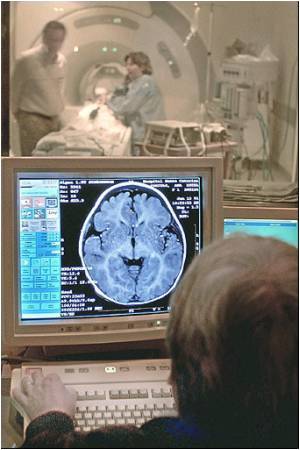CDC reported that nearly 12.7 million children are obese and have higher risk to develop high blood pressure, type 2 diabetes, and breathing and joint problems.

‘Food odors triggered activation in the areas of the brain associated with impulse and the development of obsessive-compulsive disorder in the obese children.’





In the United States, nearly 12.7 million children are obese, according to the Centers for Disease Control and Prevention (CDC). These children are at a higher risk to develop high blood pressure, type 2 diabetes, and breathing and joint problems, among many other health issues. They are also more likely to become obese adults.The researchers studied 30 children between the ages of 6 and 10 years old. Half of the children had a normal body mass index (BMI) between 19 and 24, and the other half exhibited a BMI over 30, which is classified as obese. Each child was presented with three odor samples: chocolate, onion and a neutral odor of diluted acetone. As the participants smelled the samples, two MRI techniques--functional MRI (fMRI) and functional connectivity MRI (fcMRI)--were used to measure brain activity.
An evaluation of the fMRI results showed that in the obese children, the food odors triggered activation in the areas of the brain associated with impulse and the development of obsessive-compulsive disorder, while the areas of the brain associated with impulse control exhibited no activity. However, in the children with a normal BMI, the areas of the brain associated with pleasure regulation, organization and planning, as well as regions governing emotional processing or memory function, became more active.
In addition, the fcMRI results showed that when the normal-weight children smelled the onion, there was a connection between the gustatory cortex, which processes taste, and the area of the brain linked to reward anticipation. This connection did not occur in the obese children.
The chocolate smell elicited significant brain connections in obese children, compared to the normal-weight children.
Advertisement
Source-Eurekalert















